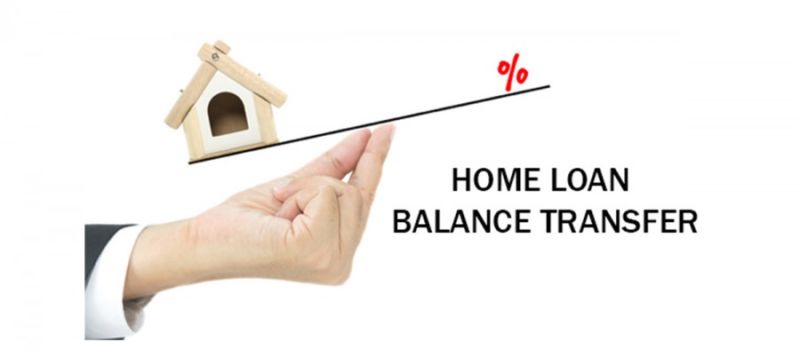Home Loan balance transfer in delhi of a loan happens when the entire unpaid principal loan amount is transferred to another bank for a lower rate of interest. The bank that had originally extended the loan to you gets the unpaid amount and you have to, in turn, now pay your EMIs at the new rate to the bank that has taken up the loan. Almost every bank in the country has a facility for a balance transfer of home loans and if you have been paying your EMIs regularly, there is often no problem associated with it.
There is, however, a need to carry out a cost benefit analysis. Home Loan balance transfer in delhi will depend on the difference between the interest rates offered by the two banks, the amount of the loan left unpaid and the tenure remaining. If the unpaid amount is low or if only a few years remain in terms of tenure, balance transfer may not be ideal. This is also because banks often levy a processing fee for balance transfer and in the end it may not be all that beneficial.
Buying a Home Loan involves a significantly large amount of money and therefore, the interest rate on the home loan should be a matter of concern for everyone who decides to avail a home loan. Interest Rates of Home loan begins from 8.35 % and go to 12 % or higher. One of the most common ways to reduce ROI is to either convince the bank that has provided you the loan to reduce it or else go for a transfer of your outstanding existing home loan i.e. shift your home loan to a bank offering lesser interest rates
Home Loan Balance Transfer or Refinancing or simply Balance Transfer is the smart process that allows you to take advantage from the lower interest rates as offered by other lenders. If you have an existing outstanding home loan with one lender, you can make a home loan transfer, that is, shift the remaining loan amount to a different lender who charges a lower rate of interest from you. This process is known as home loan balance transfer or refinancing. This home loan transfer facility helps a customer in avoiding ever increasing interest rates as he migrates home loan to a lower ROI with another lending institution.
Key Features of Home Loan Balance Transfer
- Transfer the outstanding balance of your existing home loan to another bank/lender.
- There is a processing fee involved here that is to be paid to the new lender by the borrower
- This is usually equal to 1% of the loan transferred loan amount that is payable to the new lender for a home loan by the borrower.
- In most cases, the process of home loan balance transfer application is treated similar to a new home loan application.
- • The balance transfer on an existing home loan can only be utilized after a pre-qualifying time period as mentioned in the original loan agreement.
Benefits of applying a home loan balance transfer:
- Reducing the EMI burden
- Reduced total interest component of money to be paid as the interest on the loan
- A person could also consider applying for a loan balance transfer simply to avail attractive discounts and benefits being offered by the other lender
Eligibility Criteria for Home Balance Transfer :
- You must be of Indian nationality and of an age 21 to 60 years. Whereas, self-employed individuals are eligible for the transfer only up to 65 years.
- Your credit rating should not fall in the run-up to your loan transfer application. Irrespective of your credit rating during the initial loan application, if the rating dips by the time of transfer, banks might reject your application for refinancing.
- You should either be employed by your current organization for a certain number of years or your company should have been operating for greater than 2 years.
- You should have the required minimum salary or monthly repaying capacity
- Some banks may also require a minimum gross family income specified by the lender






